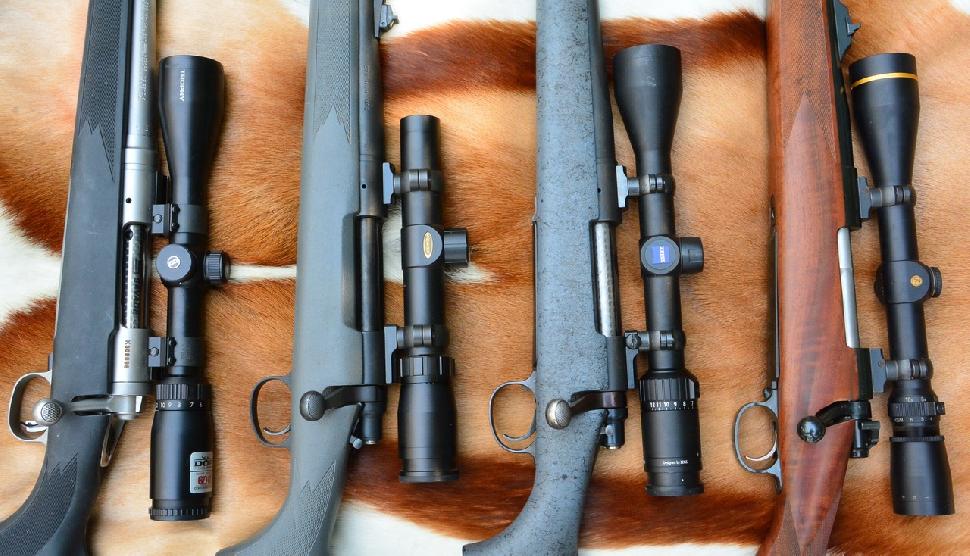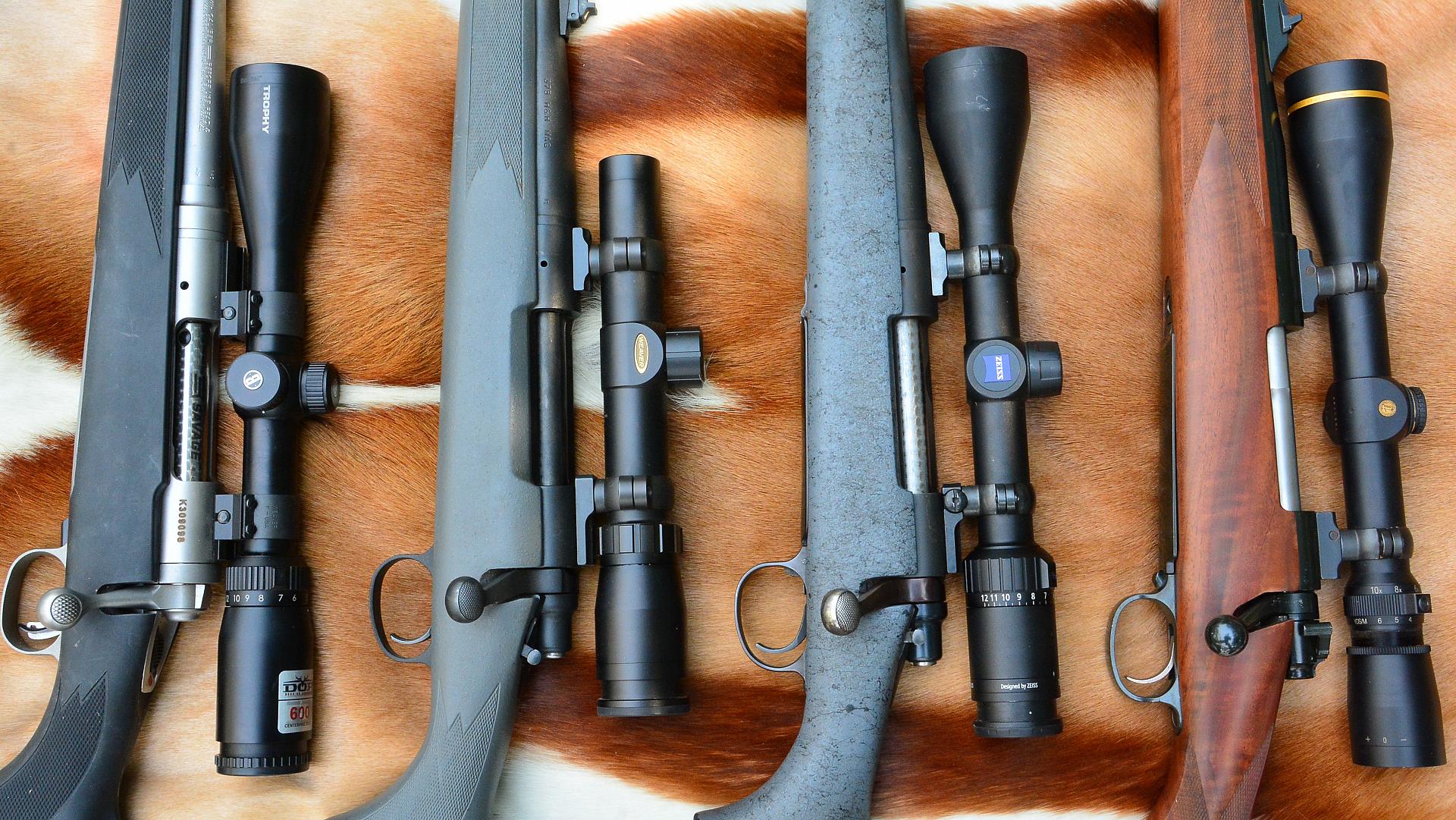Scope dope
Hunting for a new riflescope? Here’s what you should consider
Advertisement
The world of riflescopes has become increasingly complex, with more available features and options than ever before—and that can make the choices overwhelming. There was a time when the best advice was to buy the most expensive scope you could afford, as there was a direct relationship between a scope’s quality and price. That’s not always the case today, however. Many lower-end scopes are now designed and manufactured with materials and technologies that weren’t even available a few years ago, giving you a lot more value for the dollar. So, how do you decide what scope is right for your needs and budget?
The pros & cons
Advertisement
First, it’s important to understand the trade-offs. Want more magnification, for example? You’ll have to sacrifice field of view (FOV)—the width of the area you can see at 100 yards—and light transmission. Want a bigger objective lens? That will likely mean added weight. For every pro, there’s a con.
Magnification is what most of us first consider when deciding on a scope. If the game, the habitat and your shooting limitations suggest that 300 metres or so is your maximum range, a scope with a top-end magnification of 10x or 12x is more than sufficient. More power would only be warranted if you expect to regularly take shots beyond that, keeping in mind that increased magnification will cost you in available light and FOV. It also often means increased weight and a higher price.
The surging interest in shooting at extended ranges has driven much of the evolution in scope technology. For those with the interest and expertise to shoot game at long range, scopes have never offered more. But for most hunters, who will shoot 90 per cent of their game inside 200 metres, much of the new technology offers limited practical advantage.
Advertisement
Seeing the light
Increasingly common are oversized main tube and objective lens diameters for transmitting more light. But how much light do you need? At 10x, a 42mm objective lens results in a 4.2mm exit pupil, more than enough to see your reticle on a moose until well past legal light. And remember, exit pupils larger than 5mm offer no practical value.
Another thing to consider is that the fully multi-coated glass found in most quality scopes today is highly efficient, transmitting more than 90 per cent of the available light. That’s a vast improvement over previous generations. Unless you plan to shoot at extreme ranges, 30mm and larger main tubes and 50mm and larger objective lenses aren’t of significant benefit.

Reticle reasoning
An emerging trend is that of ballistic turrets that allow you to adjust your reticle to permit holding dead-on at any known range. Again, unless you plan to shoot at extreme ranges, and you’re prepared to practise with your ballistic turret and rangefinder until you can operate them efficiently in your sleep, they often cause more problems than they solve. Consider that your .30-06 sighted-in at 200 yards drops about seven inches at 300 yards—that’s all most hunters need to know for 90 per cent of the shooting they’ll do. And to get the most out of ballistic turrets, you really should go to a 30mm main tube, meaning more weight and a higher cost.
When it comes to reticle options, I’m a fan of keeping it simple. Ballistic reticles certainly work, but they can be confusing in the heat of the moment unless you’ve practised extensively with them. And again, they’re only helpful if you’re planning to shoot regularly at long ranges. For my money, it’s still difficult to beat the venerable duplex reticle for quick and reliable target acquisition. Some hunters prefer illuminated reticles, but keep in mind that they add weight, complexity and cost to your scope.
In the end, a scope’s job is pretty straightforward—point to the location where your bullet will strike when you squeeze the trigger. No matter how expensive or loaded with features it is, a scope is of little value if it won’t do this consistently. With this in mind, durability is paramount. That’s tough to assess, but fortunately most brand-name scopes are pretty reliable, hence the proliferation of lifetime warranties. And that’s good enough for me.

